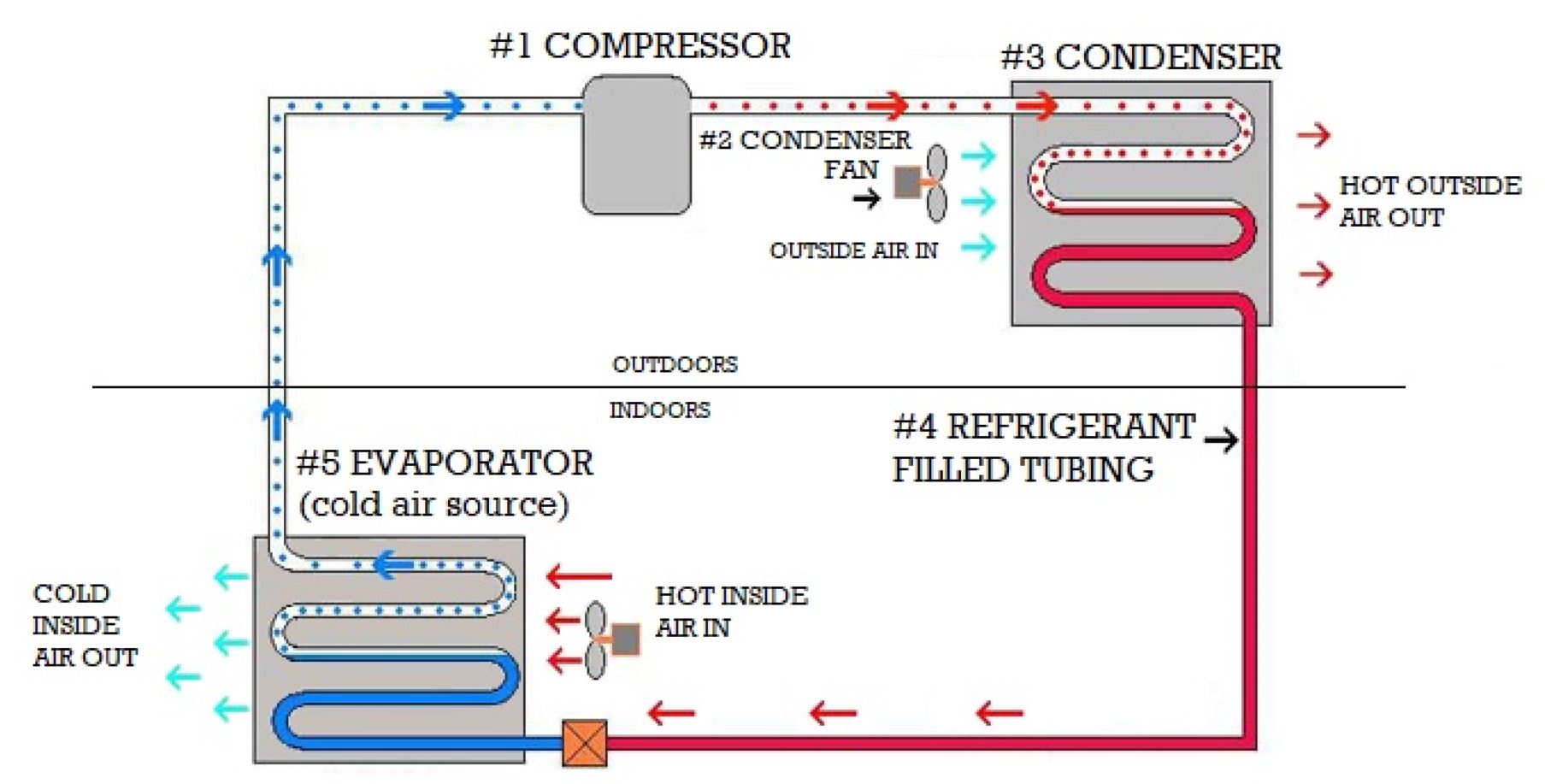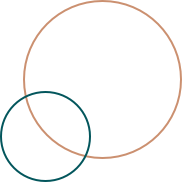When the weather gets hot and humid, there’s nothing better than sitting in your air-conditioned home. But when your AC starts blowing hot air, it can be incredibly frustrating! If you think you need a repair, knowing a little bit about how your AC system works could save you time and money. When something goes wrong, it is also just nice to know the problem. This article and the HVAC system diagram that’s included will help you communicate with your technician and understand what is wrong.
WHAT IS AN HVAC SYSTEM?
The term HVAC stands for Heating, Ventilation, and Air Conditioning, but generally, the term refers to any unit that can heat or cool. Types of HVAC systems include mini splits, heat pumps, ductless systems, and central AC systems. All of these systems use what is known as the Charles Law, which states that the temperature of a gas varies directly with its pressure. Sorry that is a bit wonky, but it is a fancy way to say that adjusting the pressure of the refrigerant in your system can make the air warmer or cooler inside your home.
The way that your AC system takes advantage of this principle is by compressing refrigerant outside your home, making it very hot, then letting it cool and liquify in your outdoor condenser, and finally letting it expand to a gas and get very cold inside your home. It is actually a pretty amazing cycle.
HVAC SYSTEM DIAGRAM COMPONENTS
An HVAC system consists of two different parts, the indoor and the outdoor components. The diagram below shows the difference between the components. The box behind your home has both the compressor and condenser inside. The other half of the system is in your attic or closet.

AIR CONDITIONING SYSTEM EQUIPMENT
The HVAC system consists of 5 key components that are all shown in the diagram above:
- Compressor – The compressor is the machine inside the air conditioning box outside of your home. It is used to compress refrigerant which simultaneously heats it before the refrigerant goes into the condenser.
- Condenser Fan – This fan is the visible, noisy part of the exterior unit. It’s the fan that you can see when you look down into the air conditioner box. It is used to blow air over the hot, compressed refrigerant to help cool it.
- Condenser – The condenser coil, which is responsible for cooling or removing heat from the refrigerant, is located inside the air conditioning box outside of your home and surrounds the condenser fan.
- Refrigerant-Filled Tubing (also known as a “Line Set”) – This tubing carries refrigerant into and out of your home and between the condenser and evaporator. One of the tubes is generally cold and can condensate the air causing leaks if it isn’t properly insulated.
- Evaporator – The last part of your HVAC system is the evaporator, which is responsible for creating cold air inside your home. Refrigerant in the evaporator will expand and evaporate causing the refrigerant to get very cold.
-HOW DOES AN AC SYSTEM WORK?
An HVAC system works by compressing and expanding refrigerant which either makes it very hot or very cold. Compressed, hot, refrigerant is cooled outside before being moved inside to be expanded making it super cold. Once the refrigerant is super cold, air can be passed over it to cool and dry the air. Because it is so cold, if it isn’t working properly it can freeze. See our article on why your air conditioning system can freeze to learn more.
If you think your heating or air conditioning system needs repair or maintenance, we can help. Schedule a repair or call us. If you think you may need a replacement air conditioner call us to schedule a no cost home energy assessment before doing anything else. A Mass Save home energy assessment will enable large incentives for system replacements.



